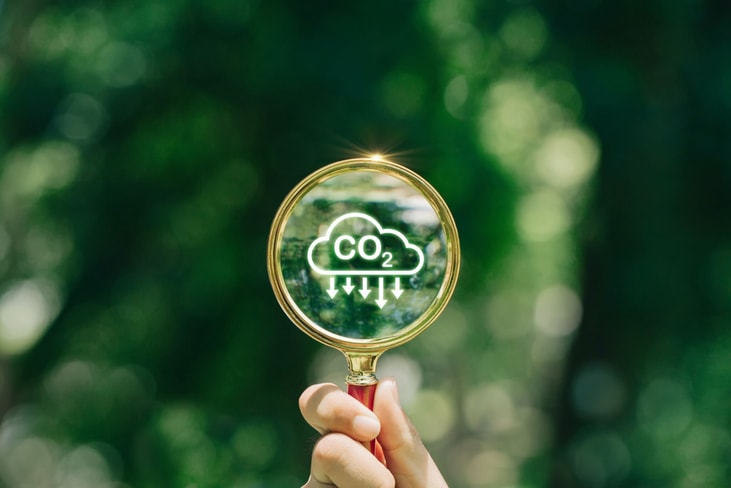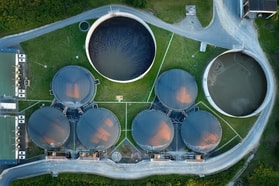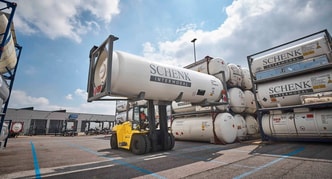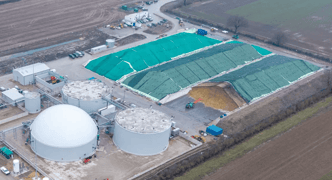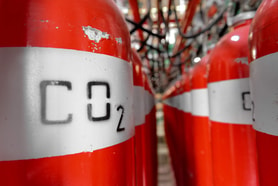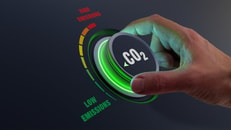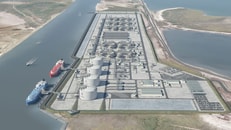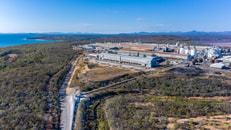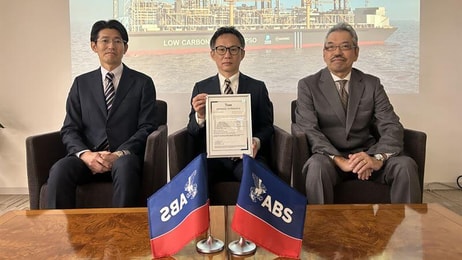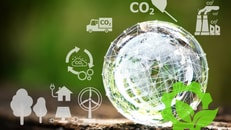Bloom Energy and Chart Industries partner on fuel cell-based carbon capture
Californian fuel cell specialist Bloom Energy has formed a carbon capture partnership with Chart Industries, through which the parties will utilise natural gas and fuel cells to generate near-zero-carbon power.
Chart Industries will employ its technology to process Bloom Energy’s high-purity carbon dioxide (CO2) exhaust stream into outputs that are ready for utilisation or sequestration.
Efficient carbon capture depends on the purity of CO2 in the exhaust stream, which varies widely across power generation technologies.
Conventional technologies that generate electricity from natural gas through combustion produce exhaust streams with around 5% CO2, making it more complex and costly to capture.
... to continue reading you must be subscribed

